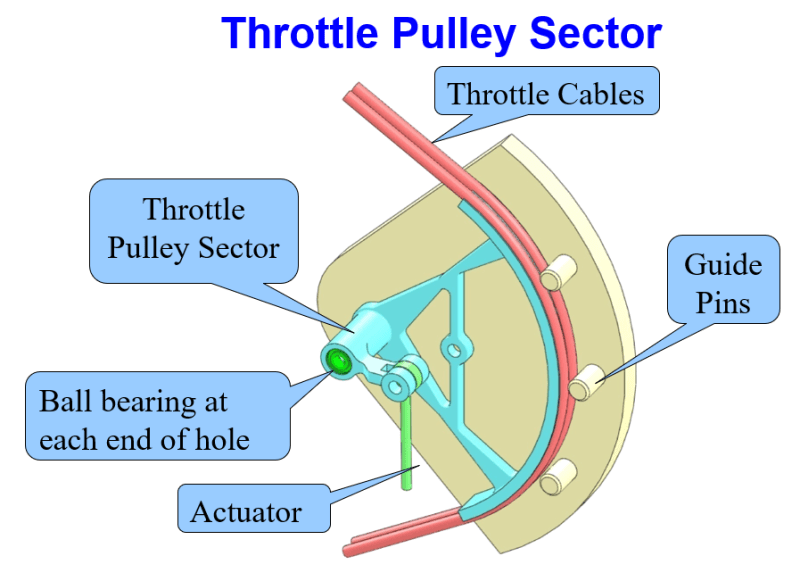-
1
- #1
ctopher
Mechanical
- Jan 9, 2003
- 17,505
My last company, and current, have argued with me about using GD&T.
Engineers, purchasing, and managers have argued that it makes the parts more $$.
I tell them no it doesn't.
Last company had parts machined in China, current in Thailand and in USA.
China and Thailand have said not to use it because they don't understand it.
Often I see parts made that don't meet print with GD&T, but are bought off anyway.
I'm at wits end, tired of arguing with everyone.
I also find more people here in USA that don't understand it.
Anyone here run into this? If so, what do you do?
Chris, CSWP
SolidWorks '20
ctophers home
SolidWorks Legion
Engineers, purchasing, and managers have argued that it makes the parts more $$.
I tell them no it doesn't.
Last company had parts machined in China, current in Thailand and in USA.
China and Thailand have said not to use it because they don't understand it.
Often I see parts made that don't meet print with GD&T, but are bought off anyway.
I'm at wits end, tired of arguing with everyone.
I also find more people here in USA that don't understand it.
Anyone here run into this? If so, what do you do?
Chris, CSWP
SolidWorks '20
ctophers home
SolidWorks Legion


![[thumbsup2] [thumbsup2] [thumbsup2]](/data/assets/smilies/thumbsup2.gif)
![[blush] [blush] [blush]](/data/assets/smilies/blush.gif)